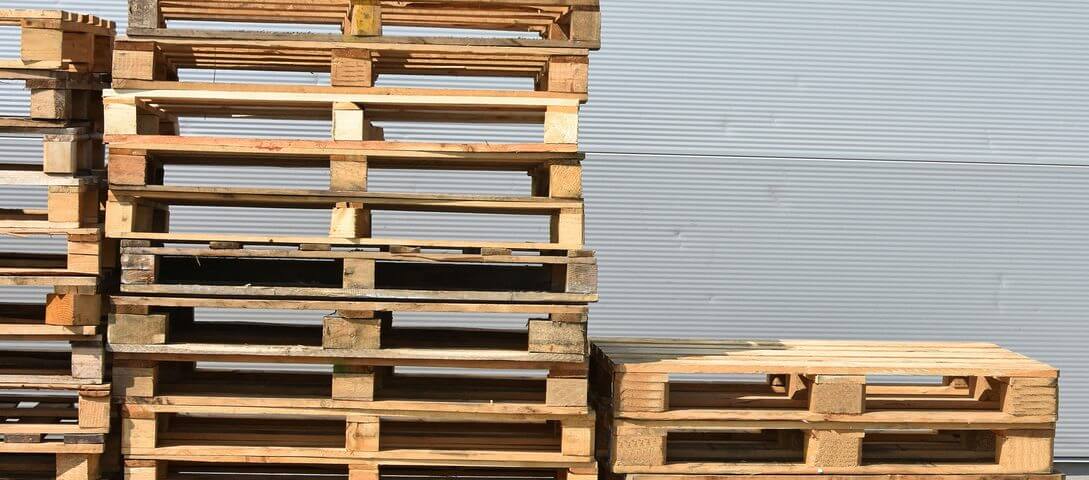
Label All Cargo on a Pallet
March 21, 2018
7 Tips for Shipping on a Pallet
March 26, 2018Use Standard Pallet Sizes & Stacking Height

 When international shipping palletized freight, it’s an advantage for you to pack on standard pallet sizes and to follow stacking guidelines. While it’s true that we can move a range of non-standard pallet sizes, forklifts and their operators work best when they can gain certain, standardized clearance moving packages.
When international shipping palletized freight, it’s an advantage for you to pack on standard pallet sizes and to follow stacking guidelines. While it’s true that we can move a range of non-standard pallet sizes, forklifts and their operators work best when they can gain certain, standardized clearance moving packages.
Pallet Size
In terms of pallets, it’s also an advantage to focus on standard sizes to ensure that you procure well-made pallets that will hold up under weight. We occasionally see businesses and individuals that have found non-standard pallets that aren’t well-built. This risks your palletized freight before we’ve even had a chance to load it, not to mention once it’s actually being moved around.
What is a standard pallet size? 48 inches by 40 inches from the rectangular base. The pallet should be 6 inches high. This is generally the sturdiest size pallet that you’ll be able to find in great number, and it’s easy to move safely and securely by forklift. Use it as often as possible.
Safe Stacking
Remember to stack boxes with the sturdiest and heaviest on the bottom. Don’t stack them so they hang out over the perimeter of the pallet itself. When you stack them, don’t exceed 60 inches in height (or 5 feet) in total. This assures the pallet won’t be overloaded and that forklift operators can operate with a standard clearance that’s safe for your cargo.
Make sure the boxes are shrink-wrapped with multiple layers to hold them tight. This shrink-wrapping should go around (or through) the pallet itself so that the boxes and pallet can all be moved as one unit.
If you have a pallet that’s larger than this, or something that needs international shipping but that exceeds the width of the pallet or recommended stacking height, don’t just send it and cross your fingers. Call us, ask us, talk to us. We can make special arrangements that help ensure your cargo is shipped so that its dimensions are handled safely.
